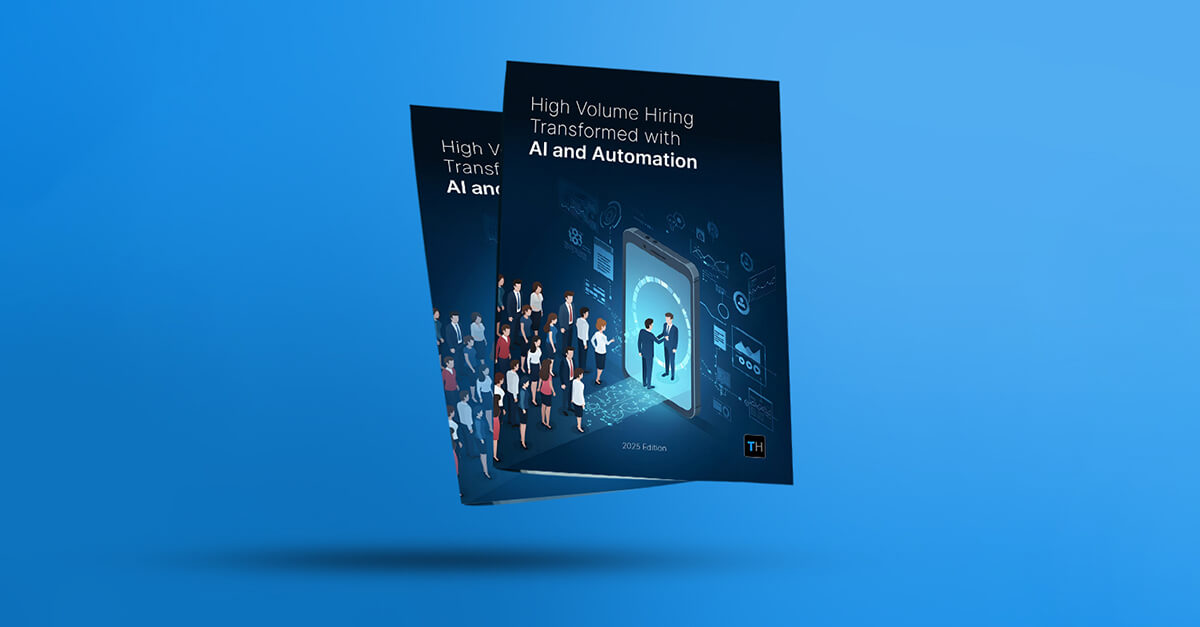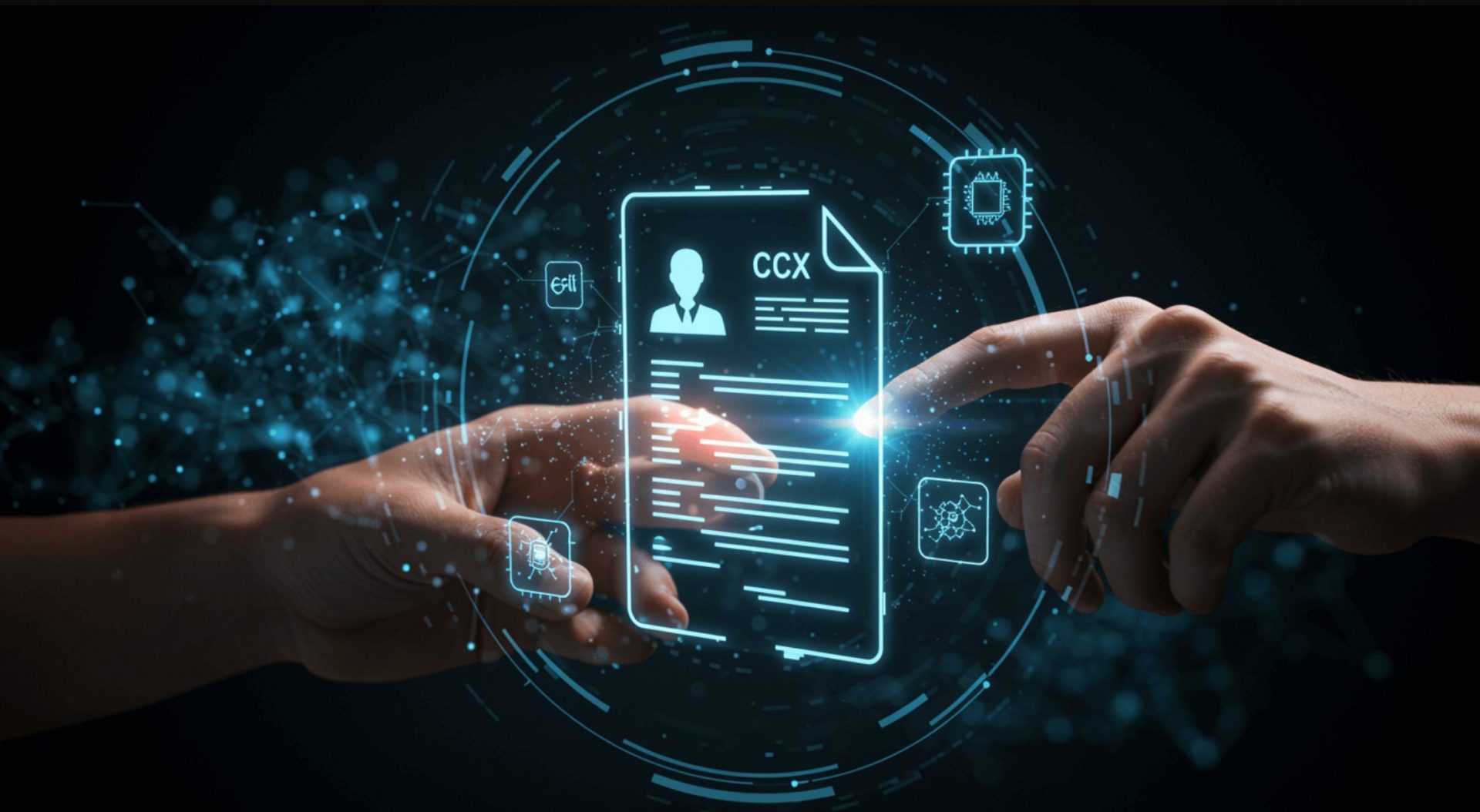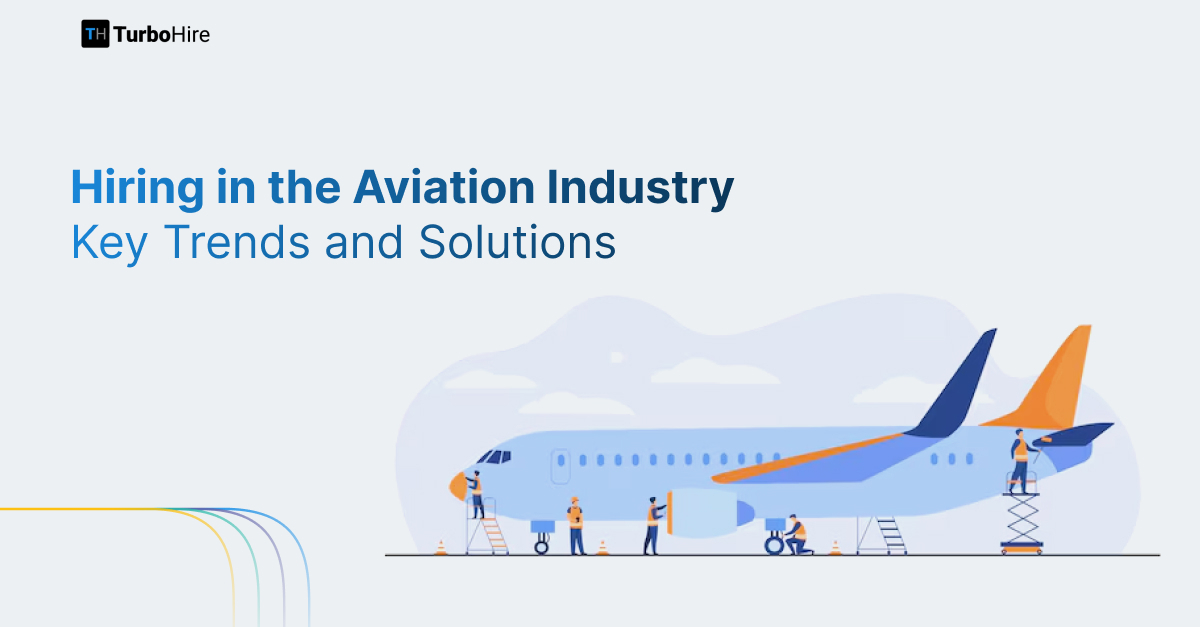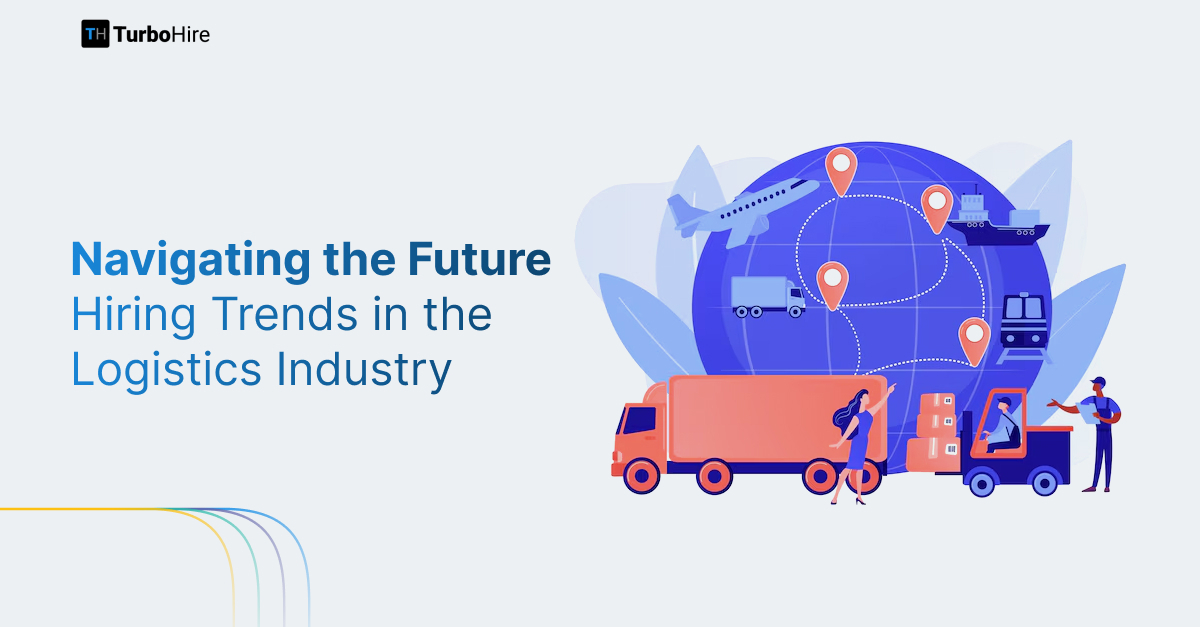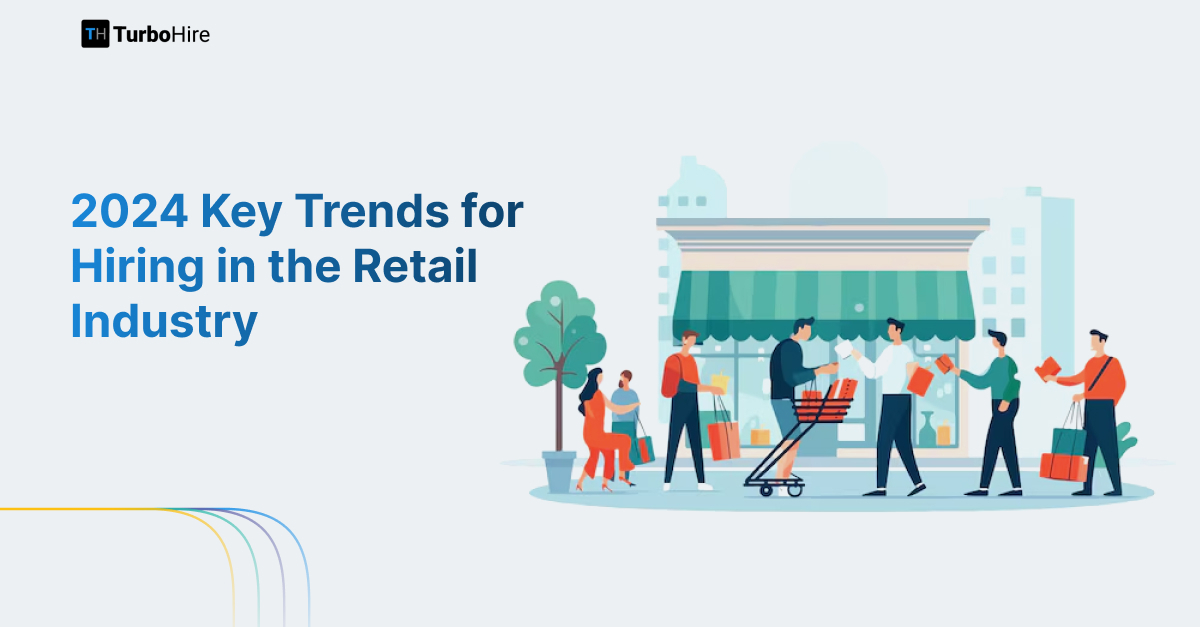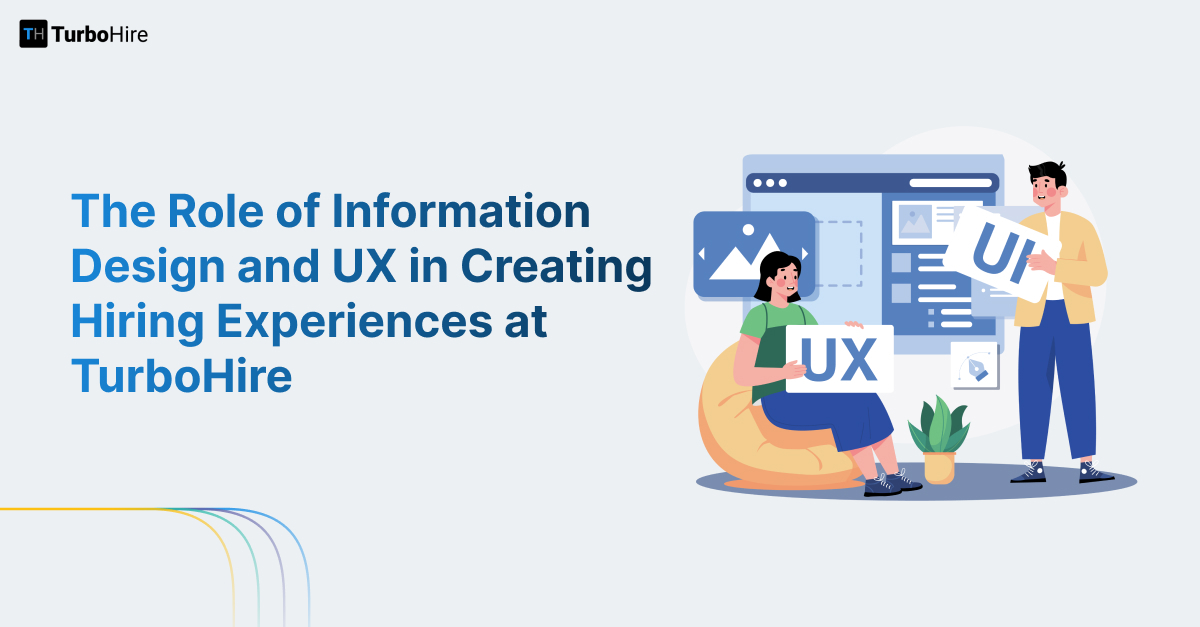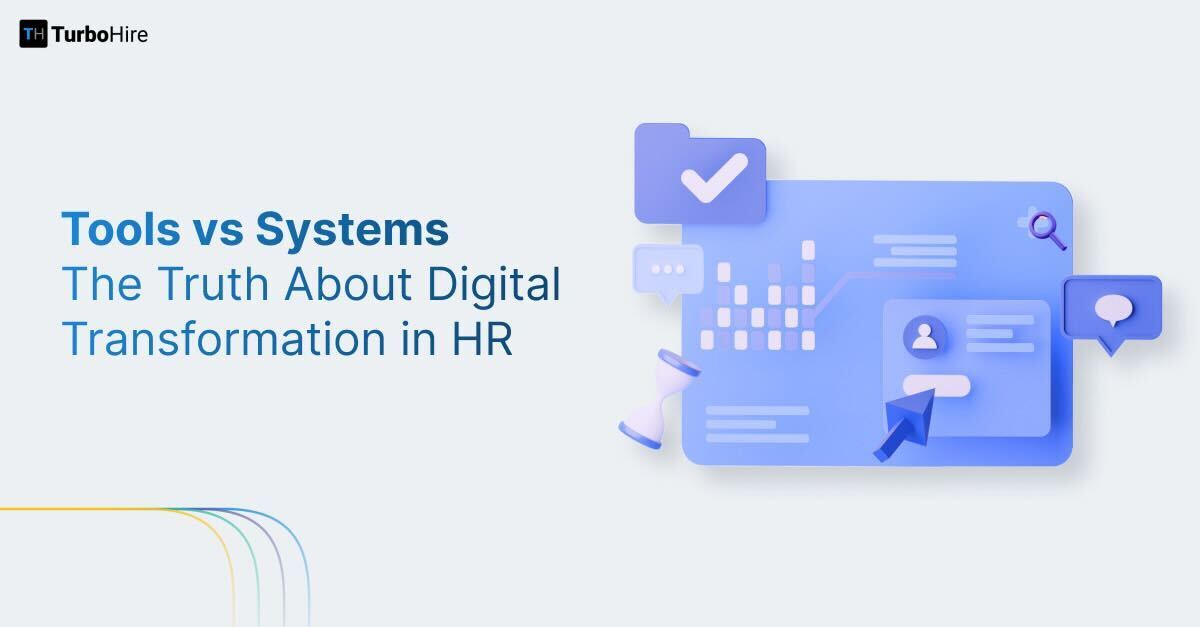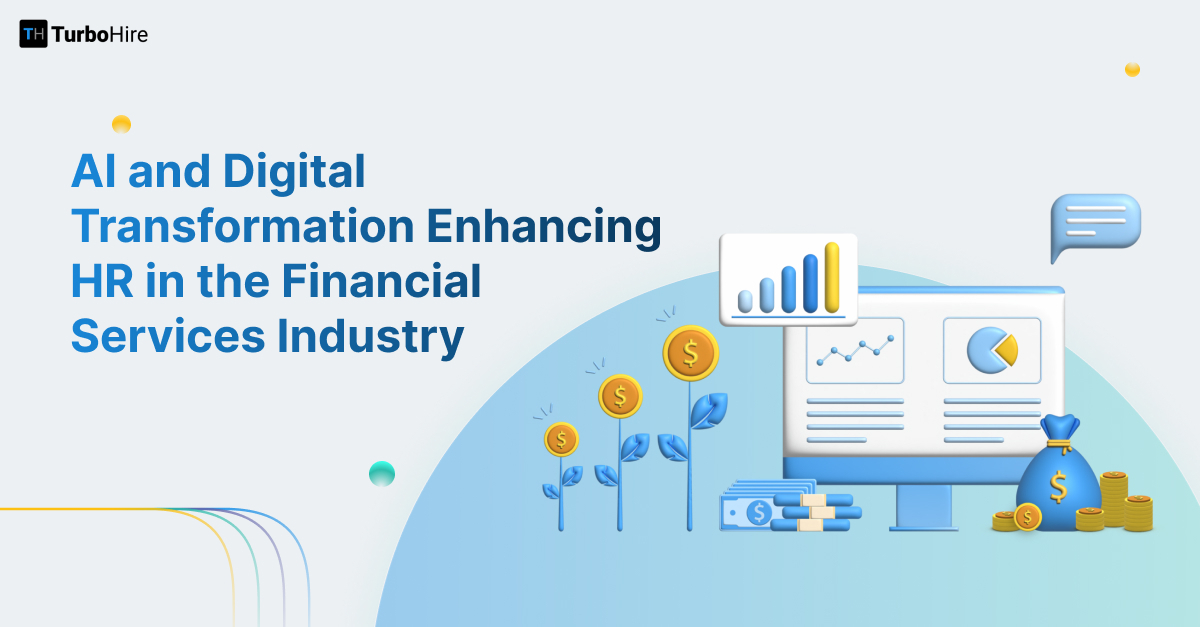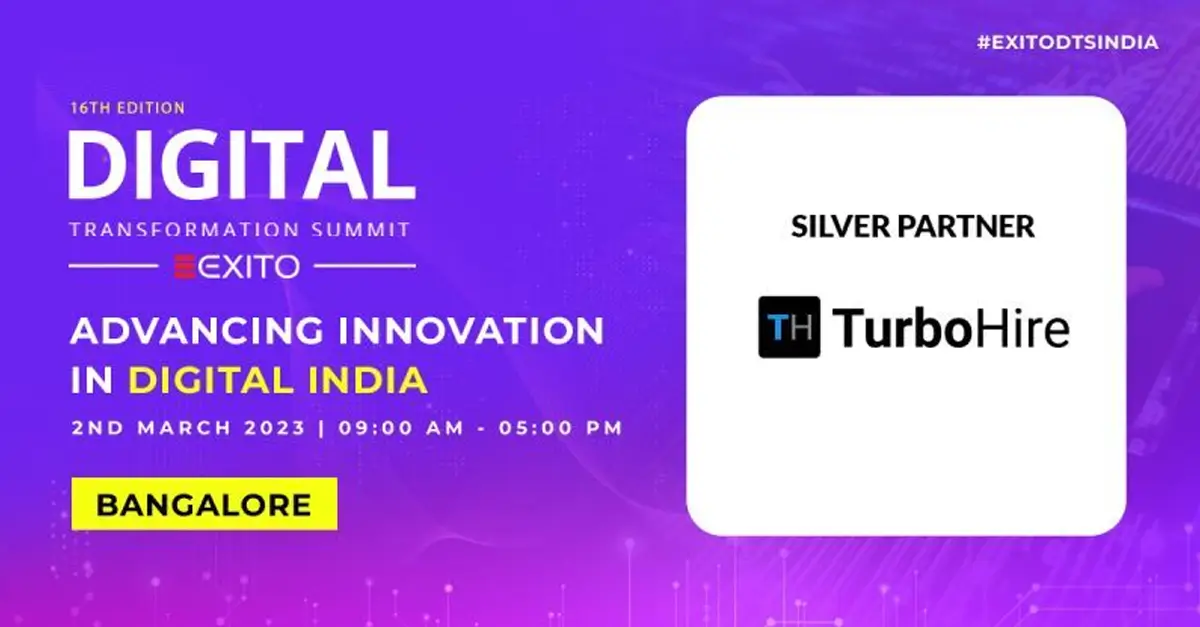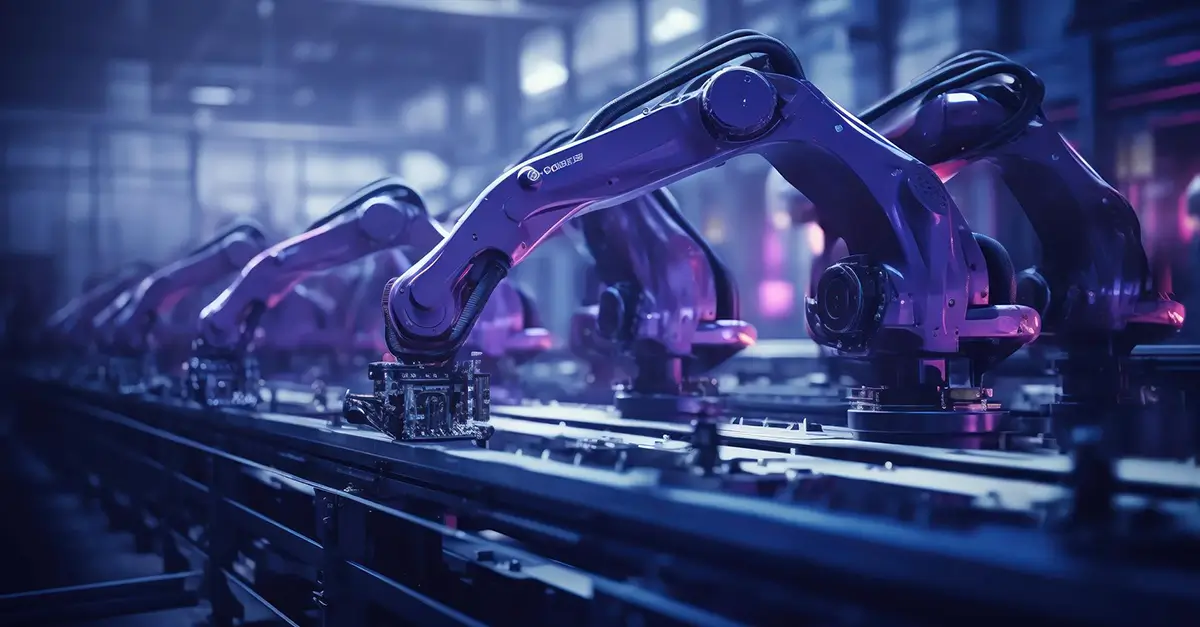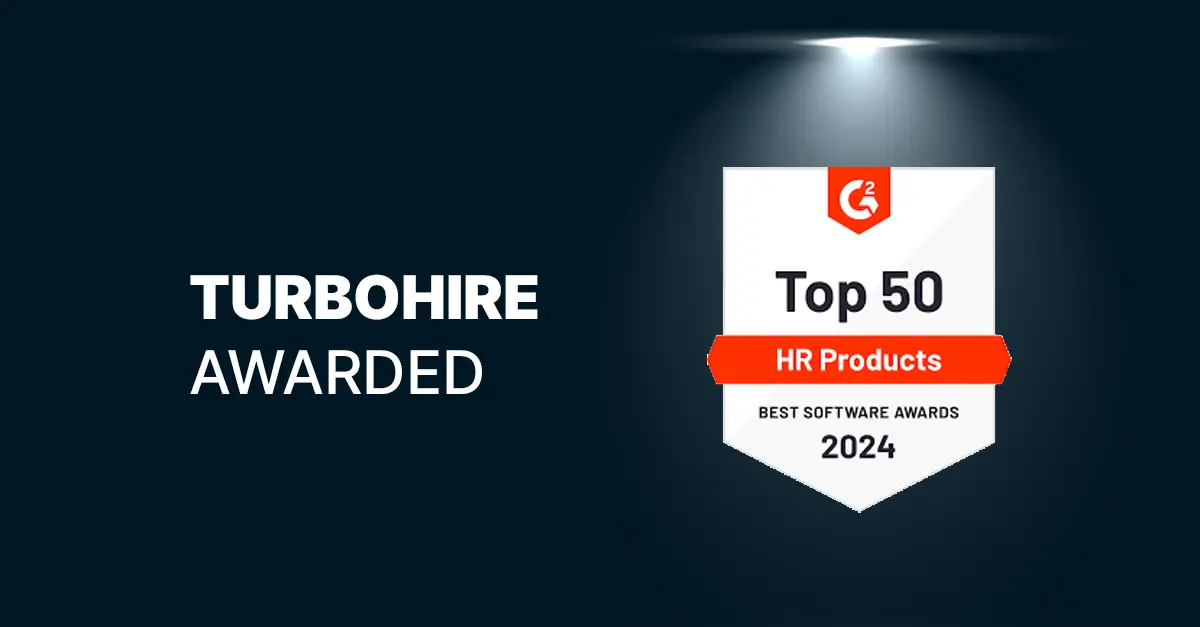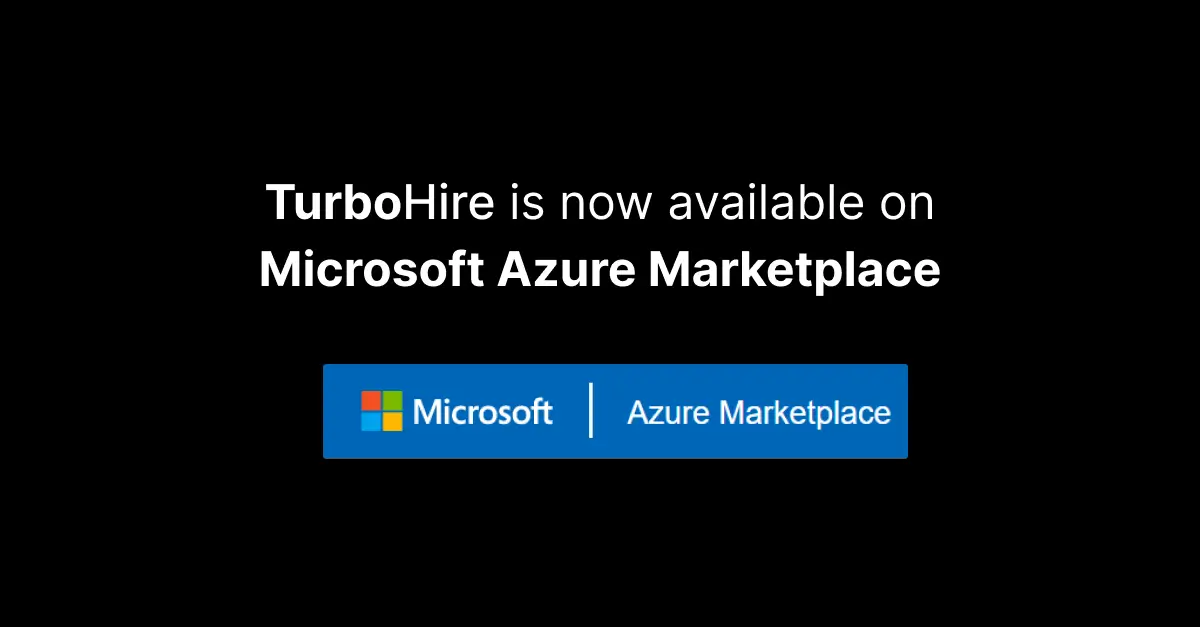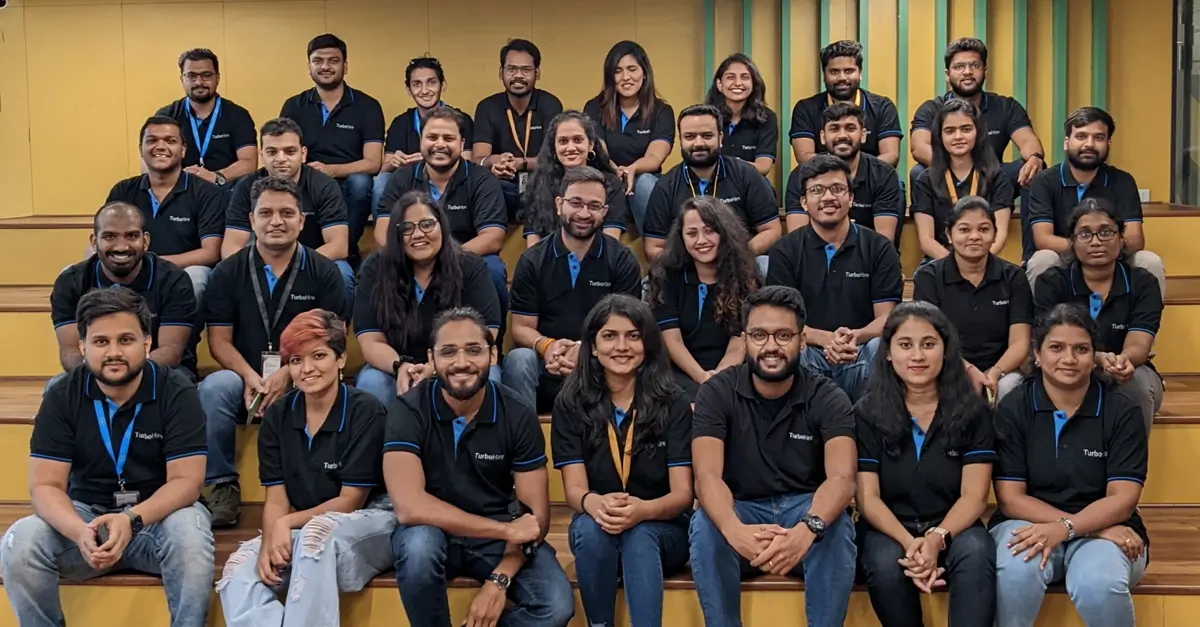Josh Bersin is the president and founder of Bersin & Associates, a leading industry research and advisory firm in enterprise learning and talent management. Bersin is the author of The Blended Learning Book from Pfeiffer, and The High-Impact Learning Organization and High Impact Talent Management.
This is a synopsis by TurboHire of Josh Bersin’s latest article: HR Technology 2023: What’s hot? What’s not?
Did you know? Almost 95% of recruiting activities can be automated by a single system that provides the right information to the right stakeholder. The Human Resource (HR) Technology Market size was valued at $23.32 billion in 2021 and is projected to reach $38.36 billion by 2030.
In Bersin’s own words,
“The HR Tech market has been on fire for the last few years. More than $15 Billion of venture and PE money was invested and the number of startups is astounding. The average large company now has more than 80 different employee-facing systems (OKTA), and this number has increased by more than 40% over five years.
There were two reasons for this growth First, the low-interest rate investing environment unleashed billions of dollars to entrepreneurs, so there are hundreds of new tools. Second, we’ve had a massive need to manage, hire, and support employees during the pandemic. Remote and gig workers need scheduling systems, remote payroll platforms, onboarding, and more. So HR buyers have had a blank check, shopping for tools and platforms with almost no limitations.”
7 HR Tech Trends Predicted for 2023 by Josh Bersin
1. HR Tech spending is going slow
As hiring has slowed down due to the current global economic climate, the cutting back on hiring expenses has doubled from 5% to 8%.
“As hiring slows, so does the need for more HR software. The number of product categories continues to expand, but the “per-employee” spend will moderate. Areas likely to slow include software for recruiting, learning, core HR, and ongoing systems for wellbeing. Generally speaking, Employee Experience software is a massively growing, early-stage category.”
Bersin goes on to show concern over the pricing of cloud-based HCM systems, validating his opinion with reference to Workday which has been a market favourite for a while. However, the market today is high on exploring alternative talent tools on a regular basis.
2. HCM Vendor Satisfaction is an ongoing management challenge
HCM systems has improved in the last few years, there’s no doubt about it. However, a recent survey by Sapient shows that there has been a 7% drop in vendor satisfaction. The overall satisfaction level out of a 5 pointer rating has been 3.5.
Bersin confirms on this challenge by citing that,
“For the big HCM vendors, this is an ongoing management challenge. Workday, Oracle, SAP, UKG, ADP and others have large product management teams with visions of transforming employee experiences. Yet despite this investment, it’s harder to build an “Interlocked” solution than a standalone one, so their innovation has slowed. Just last year Oracle and SuccessFactors announced major architectural overhauls, and Workday released Workday Extend, essentially opening up the entire system.
Smaller, more focused vendors (Eightfold, Beamery, Degreed, LinkedIn Learning, Docebo, Gloat, BetterUp, CoachHub, SoundingBoard and others) have significantly higher customer satisfaction because they offer a more focused product. What that means, if the market slows, is that these companies could be acquired. Time will tell but I’ve seen this trend before. In one twelve month period Taleo acquired Learn.com, Oracle acquired Taleo, SuccessFactors acquired Plateau, SAP acquired SuccessFactors.”
3. The Hot categories, despite downtrend
According to Bersin, these are few categories that will continue being white hot in 2023 as well:
- Talent Marketplace
- Capability Academics
- Employee Experience Platforms
- Mid-market Talent Suites
- Employee Listening
- Employee Well-being and Rewards Platforms
- Coaching & Leadership Platforms
- Talent Intelligence*
- Skills Tech Platforms
- Pay Equity Tools
There is a higher level of innovation and consolidation happening in each of these areas and it is only going to grow in the coming year.
*Talent Intelligence
Foreword by Aman Gour, Co-founder, TurboHire
The talent intelligence of TurboHire converts applicant resumes into smart cards, allowing for effective entity search on the database. The job boards have built this kind of search but once the candidates used to appear in the ATS software the data richness would get lost in transmission. Additionally, this allowed for the creation of searchable-data sets even in the case of candidates from other sources like referrals, vendors, and careers pages unlocking a lot of value for organizations’ own proprietary Datasets. Once these smart profiles are available candidates get ranked based on jobs.
This allows recruiters to save time by highlighting the most relevant profiles in the top. The entire intelligence stack of TurboHire is unique because it is self-learning and auto-upgrading, meaning as it sees more candidates the ranking gets better and the smart profiles powered by Applicant Knowledge Graph get richer with every new profile it encounters.
Given the availability of data across the entire recruitment process, the AI is able to not just rely on the first level of shortlisting to learn but also on the interview and offer output.
We believe that the browser holds immense power to integrate systems that otherwise are hard to integrate. In the world of recruitment, that means Job Boards and Applicant Tracking Systems. TurboHire offers a Chrome Extension that creates a data sync between candidate records across LinkedIn & other candidate sources with the applicant-tracking system.
This chrome extension enables recruiters to always have updated data about candidates. This enables better decision-making and collaboration between recruiters.
The same Talent Intelligence stack that is currently being used for recruitment can be utilized for Talent Management at organizations and this remains an open area for future growth for TurboHire.
4. New market categories on the rise
Mid 2000s saw the rise of Integrated Talent Management suites which were conglomerates of LMS, ATS and Performance Management. This wave pushed vendors to redefine their planning as well.
Hence, the need to create super categories is on a rise today. This is catalysed by deepening the functionality in one’s dominant space. There is a need to not just create categories but also make one’s business bigger and survive over time.
“High growth examples include SmartRecruiters and Docebo, both of which are category leaders.”
Here are few of the new market categories predicted by Bersin:
- Employee Experience platforms: If you look at all the energy going into hybrid work, employee listening, onboarding, and custom career and development tracks today, we need a place to put all this and manage it as a set of workflows. This is deep functionality that ERP/HCM vendors simply have no time to build.
- Talent Intelligence Platforms: Unlike recruiting tools, these AI-powered data platforms help companies with sourcing, internal talent matching, intelligent succession management, and data driven solutions for assessment, job design, and skills analysis.
- Lifecycle Employee Listening Systems: These platforms collect data from many sources (including passive data from email traffic, calendar schedules, voice feedback, and even video) and they give companies a “complete view” of employee sentiment, satisfaction, engagement, and ultimately productivity.
- Capability Academics/ Mastery Learning Platforms: Bersin says, “Where do people go to browse content, find experts, take a course, get an assignment, and really learn something significant and new? We need platforms for all cohort based or collaborative learnings.”
- Talent Acquisition Suites: Tools that provide Interview Intelligence, video interviewing, technical skills assessment, and soft skills assessment are advancing at light speed. These are “must-have” addons to the ATS.
5. Metaverse or Web 3.0 will not impact HR
“While the VR training market is very hot (it’s now called Immersive Learning), there are very few winning use cases for the Metaverse so far (I’ve talked with a few companies using it for virtual meetings and recruiting, but far from mainstream) and I see no value from Web 3.0. If Microsoft or Apple announce something big it could grow in importance, but I wouldn’t hold your breath.”
6. Understanding HR Tech solutions
Bersin believes that the biggest investment for HR Tech buyers or implementers is investing time, understanding & studying the HR Tech space. The global systems integrators are on an exponential rise today and there’s no stopping in the coming year as well.
Validating his opinion is the following excerpt from this section,
“The Sapient report notes a 33% drop in HR Tech buyers with more than ten years of experience. That means a lot of you are making huge decisions without a lot of deep background. This may work out fine but I urge you to invest time in this space. Every large company should have an HR Tech architect: someone who goes to trade shows, talks with vendors, looks at case studies, and really gets to know this crazy space.”
7. HR Tech value is high, however, invest well
“Successful companies build a multi-year roadmap, they understand where to innovate, and they invest heavily in what we call Change Agility, not Change Management. Every HR Technology platform brings two value propositions to your company: (A) they automate a lot of junk work, and (B) they transform the way you operate.”
Final words
- The number of systems used by recruiters today is increasing and so is the difficulty in managing these multiple software systems that don’t talk to each other. The applicant data is dispersed across emails, ATS, LinkedIn, Assessment Tools, and Background verification tools to name a few. We believe that it’s a natural progression to create a system of record for applicant data that becomes a source of truth.
- The amount of time and money now invested in recruiting is at an all-time high. This is happening due to two core problems: Job boards have made it easier for the candidates to easy apply which has led to a huge time drain in shortlisting resumes resulting in an increased TAT for hiring.
- On the other hand, recruiting is no more a linear process with a fixed workflow. There are different sources of candidates that are to be handled differently.
- Experts are anticipating that 2023 will witness and growing majority of HR departments across the industry relying on more and more HR tech functionalities. The prediction is there will be vast incorporation of AI for HR functions whether it be for hiring, growing candidate pool, or facilitating employee engagement.
This is a synopsis by TurboHire of Josh Bersin’s latest article: HR Technology 2023: What’s hot? What’s not?


